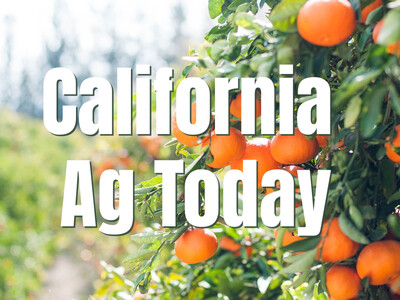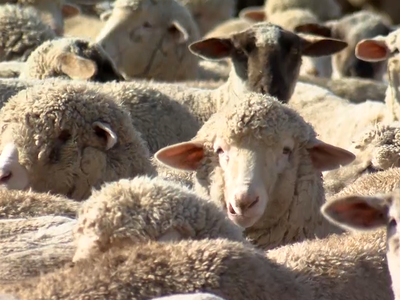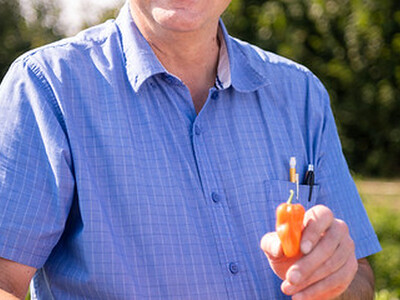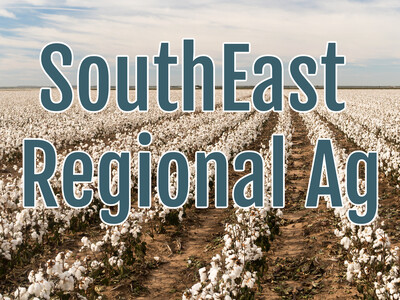Walden Supports Forest Access & Poultry Disease Found
Walden Supports Forest Access & Poultry Disease Found plus Food Forethought. I'm Greg Martin with today's Northwest Report.Yesterday, U.S. Rep. Greg Walden announced he has introduced the Forest Access in Rural Communities Act, H.R. 4272 to stop the problematic travel management rule on national forests in the West and promote local control over future proposals to restrict forest access.
WALDEN: For too long, the input and wishes of local citizens have been pushed to the backseat when it comes to decisions about access to our public lands. This common-sense legislation will put local communities back in the driver's seat in the Forest Service's travel management planning process. Far too often, though, management decisions are handed down from Washington, D.C. by agencies who have likely only seen the forests on a map. It's time for that to stop.
Washington State is now seeing a serious new form of viral poultry disease which is not known to infect humans or other animals. The Infectious Bursal Disease Virus is very virulent and has been confirmed in one flock in the state. IBDV was first discovered in California back in 2008 and can result in high death losses in flocks, affecting young birds significantly. Producers are urged to check any mortality, disinfect and use biosecurity measures. Again, IBDV is not a threat to humans or food safety.
Now with today's Food Forethought, here's Lacy Gray.
First there was the bionic man, then there was the bionic woman. Now "bionic plants" are on the horizon. And unlike the former two just I mentioned bionic plants are not simply a work of science fiction. MIT researchers are working to make plants even more useful than they already are - plants release the oxygen we breathe, provide food and fuel, along with many other valuable functions. By augmenting plants with nano-materials researchers could very well enhance plants energy production - giving them completely new functions, such as monitoring environmental pollutants or increased energy production. In fact, researchers are hoping to develop plants that could be used as real-time monitors that would be capable of detecting specific molecules that are at very low concentrations and generally difficult to detect. Like any new and unchartered scientific research, there are plenty of questions surrounding the effects of embedding plants with nanotechnology, such as how extra electron flow might influence a plant's sugar production. But as one of the lead researchers has said, "It's an area that has a large potential."
Thanks Lacy. That's today's Northwest Report. I'm Greg Martin on the Ag Information Network.














